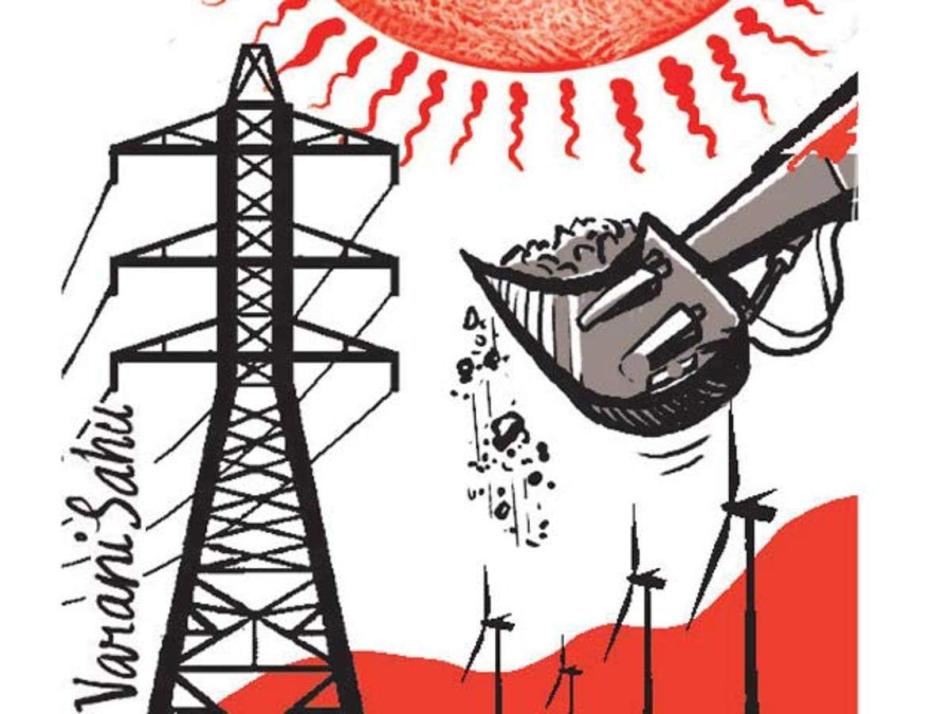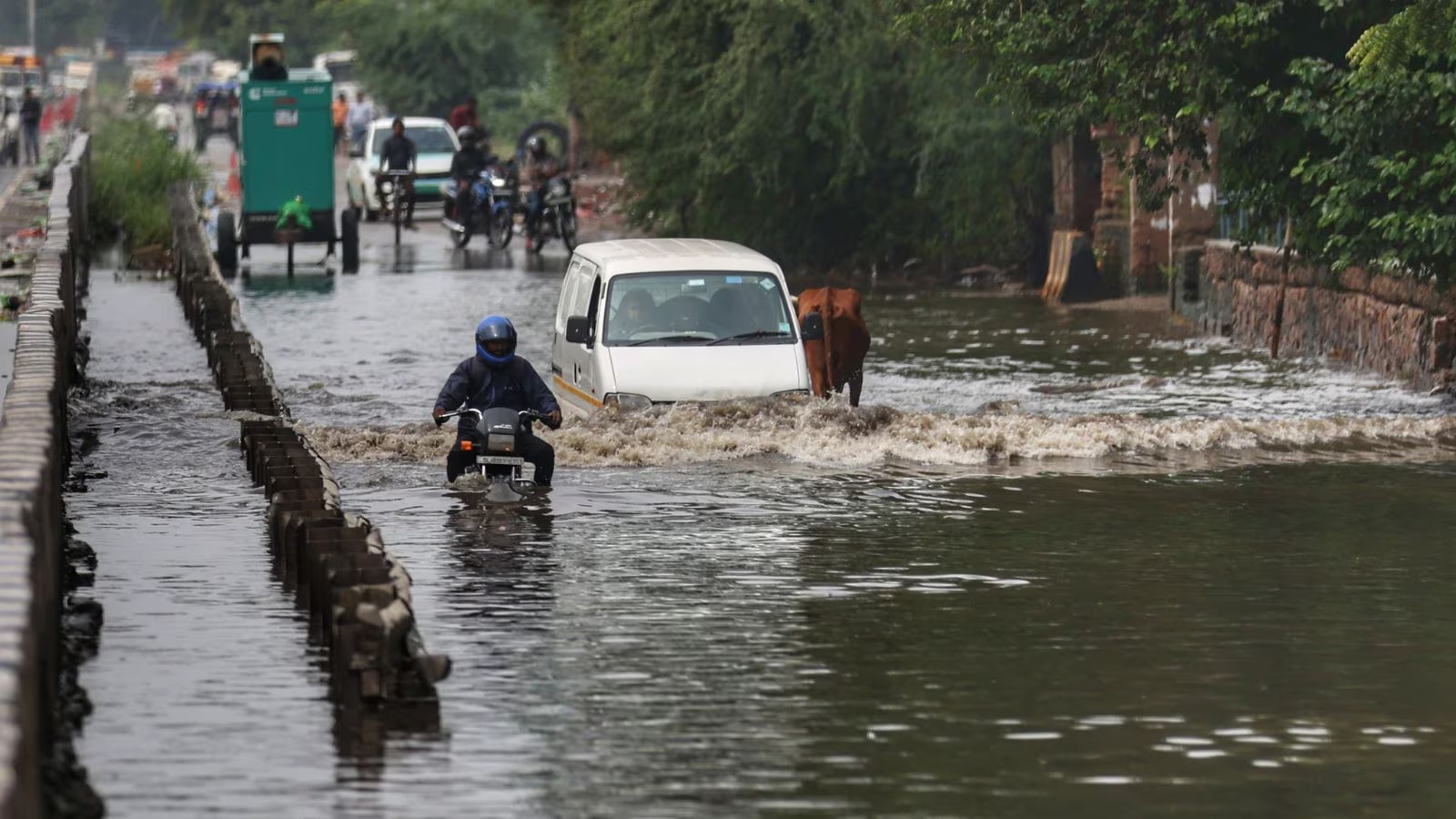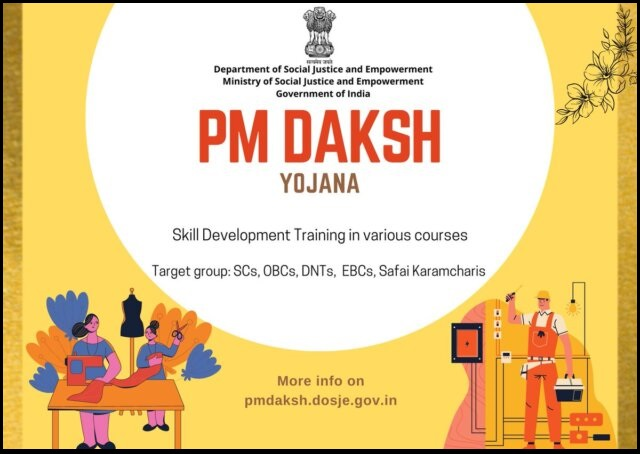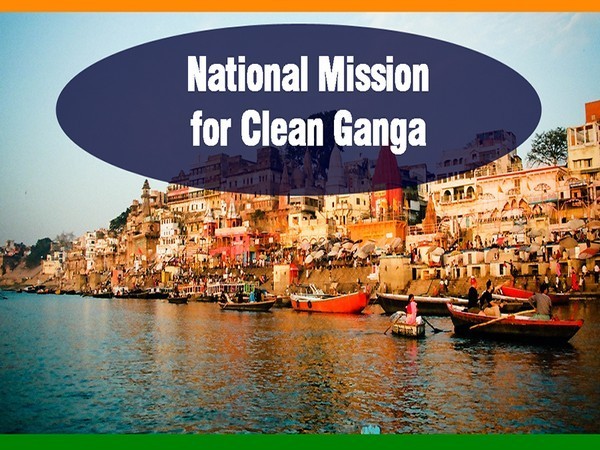Description

Copyright infringement is not intended
Context: The Union Government has launched the Revamped Distribution Sector Scheme to reform the Power sector.
Details:
- The Government of India had launched a Results-linked reform initiative ‘Revamped Distribution Sector Scheme’.
- The objective of the initiative is to improve the operational efficiencies and financial sustainability of State owned DISCOMs and Power Departments.
Revamped distribution sector reform scheme:
- The Ministry of Power has approved a Reforms-based and Results-linked Scheme “Revamped Distribution Sector Scheme (RDSS)”
- DISCOMs/ Power Departments would be able to access the funds under the Scheme for Prepaid Smart Metering, Distribution infrastructure works for loss reduction and modernization.
- The financial assistance for Distribution infrastructure works under the Scheme would be subject to meeting pre-qualifying criteria as well as upon achievement of basic minimum benchmarks by the DISCOM and evaluated on the basis of Action plans.
- The Scheme provides for annual appraisal of the DISCOM performance. DISCOMs have to score a minimum of 60% of marks and clear a minimum bar in respect to certain parameters to be eligible for funding against the Scheme in that year.
- The Scheme has a major focus on improving electricity supply for the farmers through separation of agriculture feeders.
- All North-Eastern States including Sikkim and States/Union Territories of Jammu & Kashmir, Ladakh, Himachal Pradesh, Uttrakhand, Andaman & Nicobar Islands, and Lakshadweep will be treated as Special Category States.
Objectives of Revamped distribution sector reform scheme:
- The main objective is to improve the quality, reliability and affordability of power supply to consumers through a financially sustainable and operationally efficient distribution sector.
- Proper Implementation of the Scheme would lead to consumer empowerment by way of prepaid smart metering to be implemented in Public-Private-Partnership (PPP) mode.
- The aim is to improve the efficiencies and financial sustainability of State owned DISCOMs/ Power Departments by providing financial assistance to DISCOMs for modernization and strengthening of distribution infrastructure, aiming at improvement of the reliability and quality of supply to end consumers.
Other Initiatives taken to reform power sector:
- Accelerated Power Development Reforms Programme intended for up-gradation of Sub-Transmission and Distribution in densely electrified zones in the urban and industrial areas and improvement in commercial viability of State Electricity Board.
- Saubhagya Scheme or Pradhan Mantri Sahaj Bijli Har Ghar Yojana is an Indian government project to provide electricity to all households.
- Ujwal DISCOM Assurance Yojana (UDAY) for revival of power distribution companies (DISCOMs), and also ensures a sustainable permanent solution to the problem.
- The Indian government aims to provide access to affordable, reliable, sustainable and modern energy under the vision ‘Power for all by 2022’.
- KUSUM Program - Solar Power Grid-connected tube-wells/lift irrigation and drinking water projects
- Transparent bidding and facilitation for procurement of solar and wind power through tariff based competitive bidding processes have led to significant reduction in cost of solar and wind power.
- Introduced Renewable Generation Obligation. This provision will encourage coal based thermal power generators to diversify in the renewable energy portfolio.
- The government has recently announced amendments to the Electricity Act 2003; it includes constitution of the Electricity Contracts Enforcement Authority, development of a National Renewable Energy Policy, and rationalization of tariffs, etc.
Concerns:
- Highly dependent on thermal power plants based on fossil fuel such as coal, natural gas and diesel.
- Agricultural consumers receive erratic, poor quality supply.
- High transmission losses and mismanagement has pushed electricity distributors (discoms) into losses as high as 40% in some states, while the country-wide average is 27%.
- Lack of adequate funding, Infrastructure barriers.
- Institutional and administrative barriers, Absence of clearly defined responsibilities.
- Complicated licensing procedures, Difficulty with land acquisition and permission etc.
- Market barriers, irregular pricing of energy products, distortions in market power supply and price.
Steps need to be taken:
- Increasing Direct policy support for power sector and end-use sectors.
- Enabling policies to ensure effective operating conditions like level playing field with other technologies, facilitating innovation etc.
- Integrating policies, effective participation by all stakeholders.
- Increasing share of renewable to achieve Paris Goals.
- Practice of solar power generation in Kochi Airport can be copied in similar large scale projects by other government agencies.
- Increasing investment in renewable, Reaching to hinterland, Universal Energy Access.
- Cheaper option to expand energy access in rural areas, Cost-effective, Cleanest, Role in Improving Air Quality.
- Decarbonising and providing a cleaner energy option by mandating building codes, enacting energy efficiency policies, providing fiscal and financial incentives and imposing carbon or energy taxes.
Way forward:
- Union and State governments need to be flexible to ensure success of the Revamped Distribution Sector Reform Scheme.
- Regulators need to be responsive about the challenges faced by the sector and policy framework needs to be drafted and enforced to ensure sustainability and reliability.
https://indianexpress.com/article/opinion/columns/how-to-create-a-better-power-distribution-network-7760123/
Array
(
[0] => daily-current-affairs/revamped-distribution-sector-scheme
[1] => daily-current-affairs
[2] => revamped-distribution-sector-scheme
)










